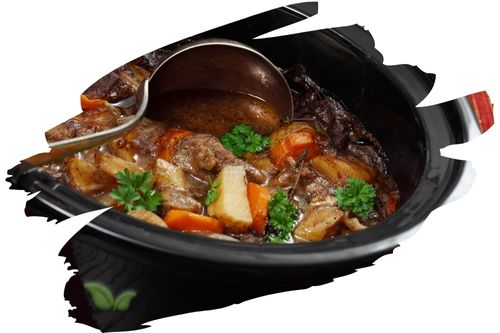
Introduction:
Chili powders are a staple in kitchens worldwide, lending their unique flavors and heat levels to a variety of dishes. While red chili powder is the most well-known, green and white chili powders also exist and offer distinct tastes and culinary applications. In this blog post, we'll delve into the differences between red, green, and white chili powders, helping you understand their unique properties and how to use them in your cooking.
- Red Chili Powder: The Classic, Versatile Spice
Red chili powder is made from dried, ground red chili peppers, which can range from mild to extremely hot. This popular spice is used in various cuisines, from Mexican to Indian, and adds a vibrant color, rich flavor, and varying degrees of heat to dishes.
- Flavor Profile: Red chili powder often has a deep, earthy flavor with a hint of smokiness, depending on the type of pepper used.
- Heat Level: The heat level of red chili powder can vary significantly based on the pepper variety, so choose one that suits your taste preferences.
- Culinary Uses: Red chili powder is a versatile ingredient and can be used in sauces, stews, soups, rubs, marinades, and more.
- Green Chili Powder: The Fresh, Tangy Alternative
Green chili powder is made from dried, ground green chili peppers and offers a different flavor profile than its red counterpart. It's not as common as red chili powder but can be found in specialty stores or made at home by drying and grinding green chilies.
- Flavor Profile: Green chili powder has a fresh, tangy flavor with a slight grassy undertone, making it a unique addition to dishes.
- Heat Level: Like red chili powder, the heat level of green chili powder depends on the type of pepper used. It can range from mild to moderately hot.
- Culinary Uses: Green chili powder is an excellent choice for salsas, chutneys, dressings, and dishes that benefit from a bright, tangy flavor.
- White Chili Powder: The Subtle, Mild Option
White chili powder, also known as white pepper powder, is made from dried, ground white peppercorns, which are the ripe seeds of the Piper nigrum plant. While not technically a chili powder, white pepper powder is used in a similar manner in some cuisines and offers a more delicate, subtle heat.
- Flavor Profile: White chili powder has a mild, earthy flavor with a gentle heat that builds slowly on the palate.
- Heat Level: White chili powder is generally milder than red or green chili powders, making it suitable for those who prefer a less intense spice.
- Culinary Uses: White chili powder is often used in light-colored dishes, such as cream sauces, soups, and white meats, where it can add a hint of heat without impacting the dish's color.
Conclusion:
Understanding the differences between red, green, and white chili powders allows you to choose the right spice for your taste preferences and culinary needs. Each type of chili powder offers a unique flavor profile and heat level, providing an array of options for adding depth, color, and excitement to your dishes. Don't be afraid to experiment with different chili powders in your cooking, as each can bring a distinctive touch of heat and flavor to your favorite recipes. Happy cooking!
Alert: While spices can have many beneficial properties for health, using them for medical purposes should be done under the guidance and supervision of a healthcare professional or specialist. Some spices may interact with medications or cause adverse reactions in certain individuals, and it is important to use them safely and appropriately. If you are considering using spices for a medical condition, it is important to consult with a healthcare professional before doing so.




















































